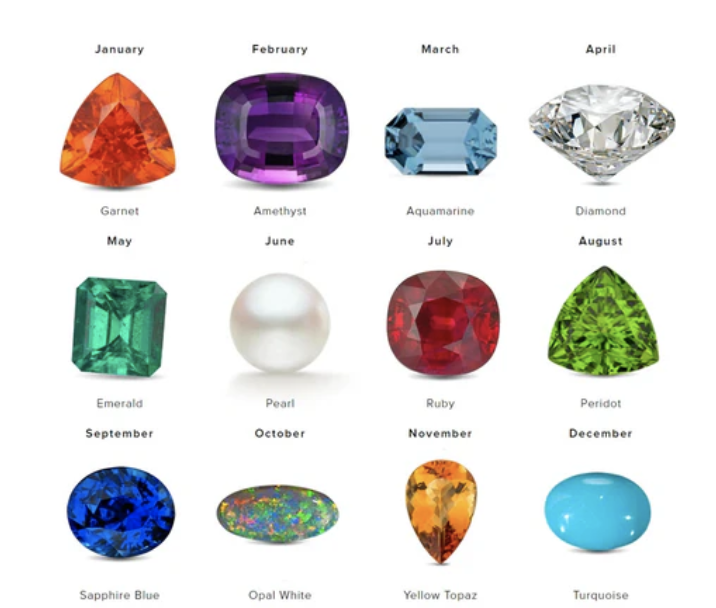What Makes a Song Sound Like Christmas?
The concept discussed in the article can also be seen in these songs.
December 11, 2021
With the Christmas season coming up, holiday music is playing everywhere you go, and the music all has that same cheery ring to it. Christmas music is a very specific type of music that brings everyone who listens to it that same sense of holiday spirit, but what makes it sound like Christmas?
The logic behind why they all have that same Christmas tone to it may seem like a complex idea to decipher, but it’s actually a very simple chord that makes this type of music hit home. Artists that write and perform holiday music such as Mariah Karey and Ralph Blane, who is well-known for writing Have Yourself a Merry Little Christmas, utilize a single chord: a diminished 2 seven chord. It’s no coincidence that this very special chord is also used in White Christmas by Ervin Bellington performed by Bill Crosby. It’s also very prevalent in Mariah Carey’s Christmas (Baby Please Come Home). The introductions in this piece and what has to be the most played Christmas song, All I Want For Christmas Is You, are extremely similar. “I’ve noticed how similar these Christmas songs sound, and they all have the same tone to it that only Christmas music has.” (Tyrone Greenlee 10)
It all relates back to music theory and creating the effect of a song melting into another. This is done by musicians by going from a dominant chord to a diminished chord. To explain further to the non-musicians, a chord is a group of three notes that are played together; a dominant and diminished chord are simply two types of chords. Dominant chords are used to make the transition from a subdominant chord to a diminished chord sound smooth and natural. Dominant chords contain the leading note of the scale and are typically played as the first chord. An example of this is All I Want For Christmas Is You, which begins on a tonic chord, in this case C major. Tonic chords can be thought of as a base or home chord, and the music moves from the tonic chord to a 1-7 chord, which is still in C major. For this chord, you simply shift one note to give it a slight accent. Next is the subdominant chord, which leads into the diminished chord. And that’s what gives it that Christmas-like tone to it.
This same pattern of blending the most dominant to least dominant chords together can be seen in almost every Christmas song. A very good example of this is A Christmas Gift For You from Phil Spector. Each song in this very famous album follows that same consistent pattern, and every holiday song that’s been a hit also follows that same pattern, utilizing this special ch0rd to its max.







































